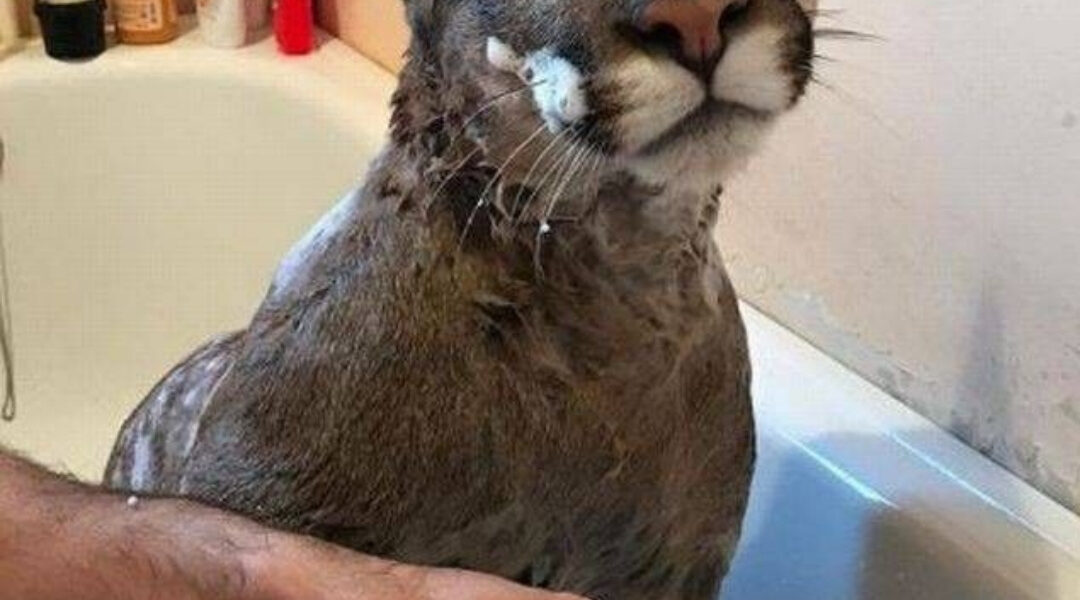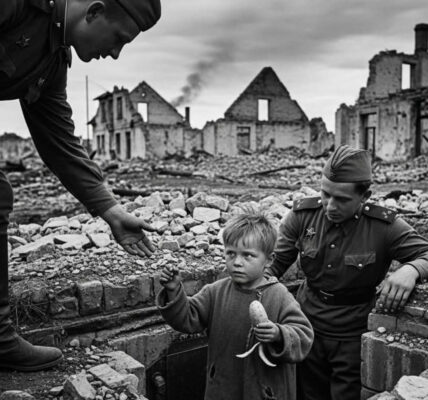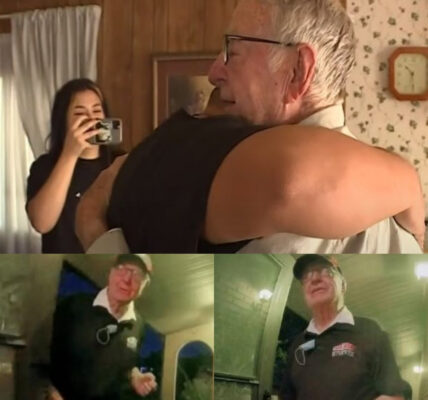There is a moment, quiet but powerful, that happens each time a rescued lion steps into the sunlight of its new sanctuary. The wind brushes through its mane. The earth feels different under its paws. The air smells new — unfamiliar, yet inviting.

For lions rescued from hardship, neglect, or captivity, that moment is more than a change of scenery.
It is the beginning of a second life.
These are lions who cannot return to the wild — not because they are any less majestic, but because humans have taken too much from them. Some were forced into traveling circuses. Some were kept as exotic pets. Some were starved, abused, or bred for canned hunting. The wild they once belonged to became unreachable.
But rescue does not mean the end.
For many of these great cats, rescue is where hope finally begins.

A New World Built With Compassion
When a rescued lion enters a sanctuary or wildlife reserve, everything changes — the landscape, the sounds, the rhythms of daily life.
Gone are the cages.
Gone are the chains.
Gone are the commands barked by humans who saw power instead of soul.
Instead, these lions walk into spaces created with intention and love. Sanctuaries study the landscapes lions once roamed and do everything possible to rebuild that freedom:
-
Wide open areas that stretch into the distance.
-
Cliffs, hills, and rocky dens shaped like nature’s own architecture.
-
Trees that sway in the wind, offering shade and shelter.
-
Grass thick enough to rustle under their paws.
-
Pools that glitter under the sun.

It is not the wild — but it is as close as human hands can make it.
And for lions who have known nothing but confinement, it is paradise.
As one caretaker said:
“They may not be able to return to their old lives, but they can finally begin living.”
The Teams Behind Their Healing

Every rescued lion is supported by an entire community — caretakers, veterinarians, wildlife experts, volunteers, and behaviorists who dedicate their lives to these animals.
They monitor every breath.
Every step.
Every sign of stress or comfort.

They rebuild muscles that have weakened.
They heal wounds — both visible and invisible.
They teach lions how to trust again.
Sometimes that trust takes months. Sometimes years.
But every breakthrough — a lion accepting food from a hand, relaxing in the grass, or lying down with a soft sigh instead of fear — becomes a small triumph for everyone involved.

What Freedom Looks Like, Even in Captivity
In their new homes, lions embrace pieces of the life nature intended for them.
They stretch beneath the sun, blinking into the warm light.
They rub their faces against trees, claiming the space as their own.
They roll in the grass like overgrown housecats rediscovering joy.
They roar — not out of fear, but out of presence, power, identity.
And at night, when the sanctuary grows quiet, a rescued lion may lift its head and stare into the darkness, breathing in the scent of earth and wind.
Some caretakers say those are the moments that break them — not from sadness, but from awe.
Because while these lions cannot return to the wild, you can see something wild returning to them.

The Challenges That Come With Love
Caring for rescued lions is not simple.
They cannot hunt.
They cannot fend for themselves.
Some have never eaten real meat.
Some do not know what open space is.
Some tremble at the sound of human footsteps, carrying memories of cruelty.
Caretakers work tirelessly to offer what nature once did:
-
Medical treatment for old injuries
-
Enrichment to keep their minds active
-
Companionship for those who crave social bonds
-
Privacy for lions who prefer solitude
-
Nutrition carefully tailored to their needs
These lions may be safe, but their longing for the wild — for what their ancestors knew — never fully disappears. It is written into their bones, carried in their roars.
And yet… there is beauty in giving them a life worth living, even if it is a life inside protected boundaries.

As one sanctuary worker said:
“They were robbed of their wild years. The least we can do is give them peaceful ones.”
A Familiar Name That Reminds the World to Care
In another part of the world, a big cat named Messi has captured the attention of millions online. Often mistaken for a puma in the media, Messi is actually a cougar — part of the same broad family of majestic predators.
Messi lives with the Dmitrievs, a Russian couple who rescued him from a zoo where he would not have survived. His gentle nature and deep bond with his humans have made him a symbol of compassion and a window into the lives of big cats who cannot live in the wild.
Recently, the family has even considered adopting another big cat — perhaps a leopard — as a companion for Messi. They joke about naming him Ronaldo, creating a duo beloved by both animal lovers and football fans.

Stories like Messi’s — and like the rescued lions in sanctuaries — remind people around the world that these animals are not trophies.
Not possessions.
Not entertainment.
They are living beings with memory, emotion, intelligence, and soul.
Why These Stories Matter
We live in a time when wildlife faces threats greater than any before:
-
shrinking habitats
-
illegal hunting
-
human expansion
-
climate pressures
-
captivity and exploitation
Rescuing a lion does not fix the entire world, but it repairs one life. And sometimes, that is enough to begin change.

These lions teach us something essential:
Freedom is more than open space.
Freedom is safety.
Freedom is peace.
Freedom is dignity.
A sanctuary may have fences — but for many rescued lions, it is the first place they have ever been free.

A Second Life Worth Living
In sanctuaries across the world, lions who once knew pain now know comfort.
Lions who once lived in fear now sleep without trembling.
Lions who once roared in despair now roar into the wind simply because they can.

They will never return to the wild.
But they will live the rest of their days knowing something just as precious:
They matter.

And for creatures who have suffered so deeply, that truth alone is a kind of freedom.




